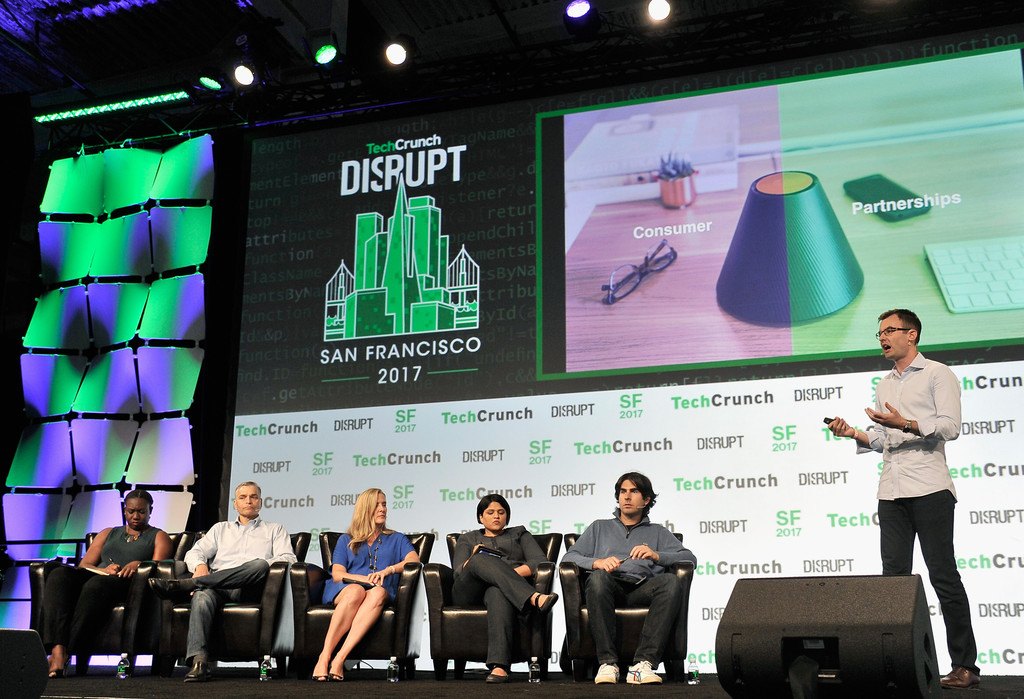The first quarter of 2021 was a busy season for technology exits. Coming off a hot period in the final quarter of 2020, it was no surprise that tech upstarts pursued liquidity through various mechanisms as the new year began. There were IPOs, there were direct listings, and there were PE deals. We even saw enough SPACs that we lost track of a few; amid all the noise, you’ll miss the occasional note no matter how well-tuned your ear. The Exchange explores startups, markets, and money. Read it every morning on Extra Crunch, or get The Exchange newsletter every Saturday. Each path is still open for later-stage startups to pursue exits: The IPO market was welcoming until a few minutes ago. Private equity firms are stacked with cash and willing to pay higher multiples than they might in more normal times. And there are sufficient SPACs to take the recent Y Combinator class public.
Choosing the best option from a buffet’s worth of possibilities is exciting for startup CEOs and their boards. DigitalOcean went public via a traditional IPO, raising a slug of capital. When you read its results, the SMB-focused public cloud company likely felt like a somewhat obvious IPO candidate. The Exchange spoke with the company’s CEO, Yancey Spruill, about the choice. Latch, in contrast, decided that a SPAC was its best route out the gate. The Exchange caught up with the company’s CFO, Garth Mitchell, about the transaction and why it made sense for his company.

And finally, The Exchange spoke with AlertMedia’s founder and CEO, Brian Cruver, about his decision to sell his Texas-based company to a private equity firm. To prevent this post from reaching an astronomic word count, we’ll briefly overview each deal and then summarize the company’s views about why their liquidity choice was the right one.
Three Paths to Liquidity
Kicking off with DigitalOcean, a few notes: First, the company has been pretty darn public about its growth in the last few years. We knew it had an annualized run rate of around $200 million in 2018, $250 million in 2019, and about $300 million in the first half of 2020. It later announced that it hit that mark in May of last year.
So when DigitalOcean decided to go public, we weren’t bowled over. The company wound up pricing at $47 per share, the high end of its range. Since then, its stock has struggled somewhat, falling below $37 per share before recovering to $43.80 at the end of trading yesterday.
Enough of all that. Why did the company choose to go public via a traditional IPO? Spruill said his company looked at SPAC deals and direct listings. It selected the IPO route because it fits the company’s goals of generating a broad base of shareholders while creating a branding opportunity.
